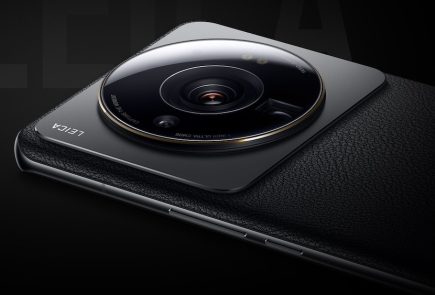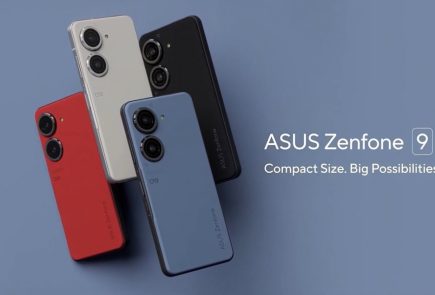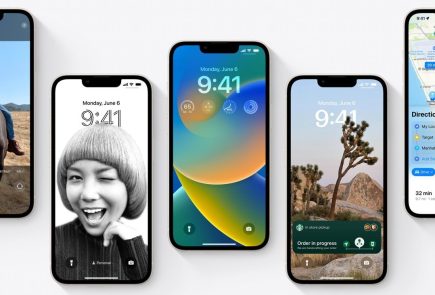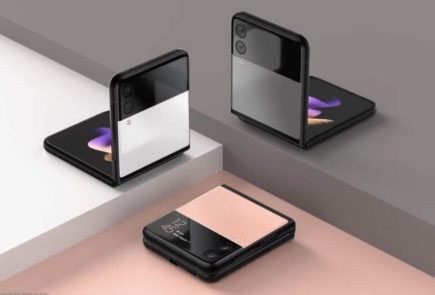Samsung Introduces Two 1/2 inch ISOCELL Image Sensors
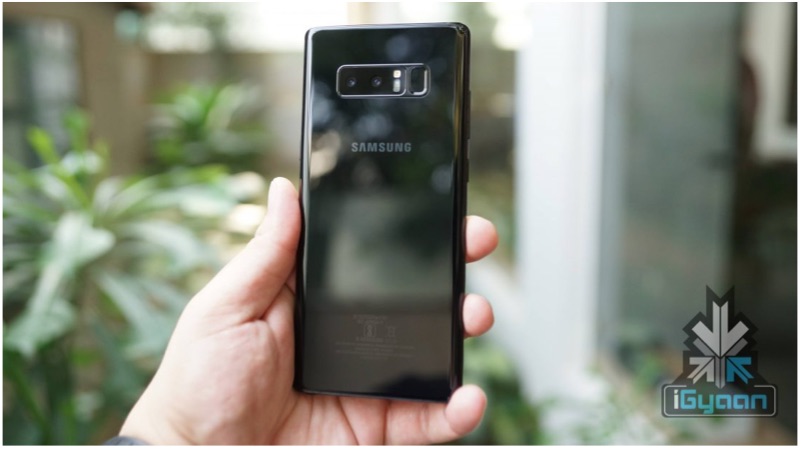
Samsung announced two new 0.8-micrometer pixel image sensors. These include the 48 megapixel Samsung ISOCELL Bright GM1 and the 32 megapixel ISOCELL Bright GD1. According to a senior Samsung executive, the demand for ultra-small, high-resolution image sensors are growing. As smartphones evolve to deliver new and more exciting camera experiences for users, Samsung wishes to stay in this race. This indicates that these sensors are aimed for future smartphones from the company’s table. Cameras have become an integral part of the smartphone experience. Manufacturers are aiming to innovate and research newer ways to fit as many sensors as they can into a small body. Reducing sensor size without compromising on image quality or overall camera performance seems to be on every manufacturer’s agenda.
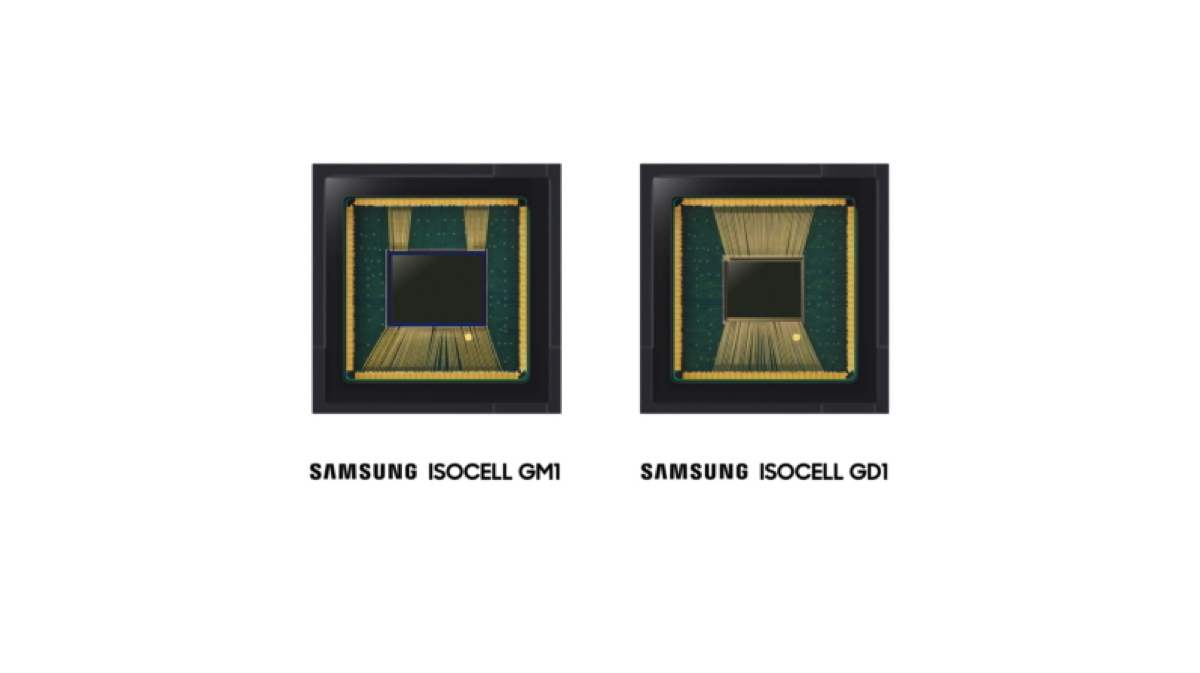
Features Of The Sensors
According to Samsung, the GM1 and the GD1 sensors are based on their latest pixel isolation technology. The ISOCELL Plus supposedly optimises performance especially for smaller-dimension pixels, making them the ideal solution for today’s super-resolution cameras. This technology allows the sensor to combine four pixels and merge them to one to improve the camera output in lower lighting conditions. The company claims that the GM1 and GD1 can deliver light sensitivity equivalent to that of a 1.6 micron pixel image sensor at 12 MP and 8 MP resolution, respectively.
Also Read: LG’s New Patent Hints At A Notch-Less Phone
The GD1 also gets realtime HDR support. This reportedly allows for balanced exposure, richer colour and detail when filming selfie-videos or streaming live video content even in low-light or high-contrast environments. This might be a great thing for people who use their front cameras a lot. Both these sensors will go into mass production in the fourth quarter of this year. Samsung has already showed an under display camera they have been working on for their future phones. Although it seems unlikely that they will use these sensors for their new technology which is still at a very early stage. But it will be interesting to see how the sensors are used by the company.
















